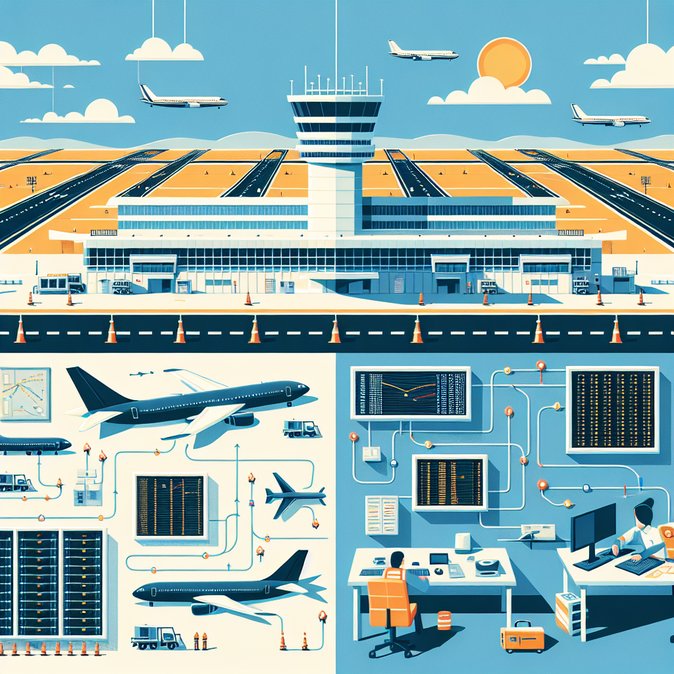
India’s busiest international gateway, Indira Gandhi International Airport (IGIA) in New Delhi, returned to normal on Saturday, 8 November, after a 48-hour disruption caused by a failure in the Automatic Message Switching System (AMSS) that generates flight plans for Air-Traffic Control. The glitch forced controllers to revert to manual processing, delaying more than 800 movements and triggering a cascade of missed connections for business travellers across India’s hub-and-spoke network.
By Friday evening engineers from the Airports Authority of India (AAI) restored the AMSS to “automatic mode”. Civil Aviation Minister Ram Mohan Naidu has ordered an immediate audit of redundancy protocols and fast-tracked procurement of additional back-up servers. Aviation analysts note that IGIA handles around 1,400 flight movements per day; even a six-hour outage can ripple through the entire South-Asian aviation schedule.
![Delhi Airport Restores Full Flight Operations After ATC Glitch]()
Corporate travel managers responded by reminding employees to build extra buffers into itineraries and to use airline mobile apps for real-time rebooking. Several carriers, including Air India and IndiGo, waived change fees for affected passengers through 10 November, while hotels around the airport reported a 20 % spike in last-minute bookings.
The incident highlights the fragility of India’s aviation infrastructure at a time when the country is adding 90 new airports and expects to handle 500 million passengers annually within a decade. The ministry’s directive to create parallel IT architecture echoes recommendations made after a smaller outage in July 2024 but not fully executed.
For mobility professionals, the episode underscores the importance of robust travel-risk management plans in India. Companies with expatriate assignees and frequent inbound executives are advised to review meet-and-assist services, consider flexible ticketing policies and monitor forthcoming Directorate General of Civil Aviation (DGCA) guidelines on mandatory IT back-ups for ATC systems.
By Friday evening engineers from the Airports Authority of India (AAI) restored the AMSS to “automatic mode”. Civil Aviation Minister Ram Mohan Naidu has ordered an immediate audit of redundancy protocols and fast-tracked procurement of additional back-up servers. Aviation analysts note that IGIA handles around 1,400 flight movements per day; even a six-hour outage can ripple through the entire South-Asian aviation schedule.

Corporate travel managers responded by reminding employees to build extra buffers into itineraries and to use airline mobile apps for real-time rebooking. Several carriers, including Air India and IndiGo, waived change fees for affected passengers through 10 November, while hotels around the airport reported a 20 % spike in last-minute bookings.
The incident highlights the fragility of India’s aviation infrastructure at a time when the country is adding 90 new airports and expects to handle 500 million passengers annually within a decade. The ministry’s directive to create parallel IT architecture echoes recommendations made after a smaller outage in July 2024 but not fully executed.
For mobility professionals, the episode underscores the importance of robust travel-risk management plans in India. Companies with expatriate assignees and frequent inbound executives are advised to review meet-and-assist services, consider flexible ticketing policies and monitor forthcoming Directorate General of Civil Aviation (DGCA) guidelines on mandatory IT back-ups for ATC systems.









